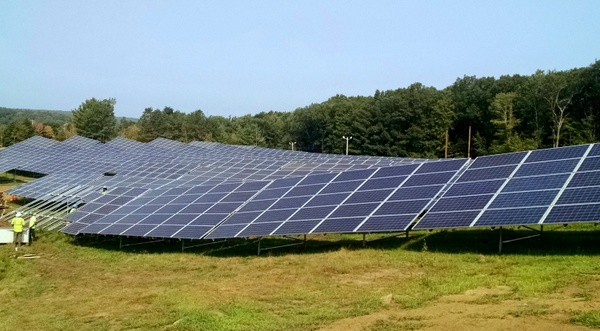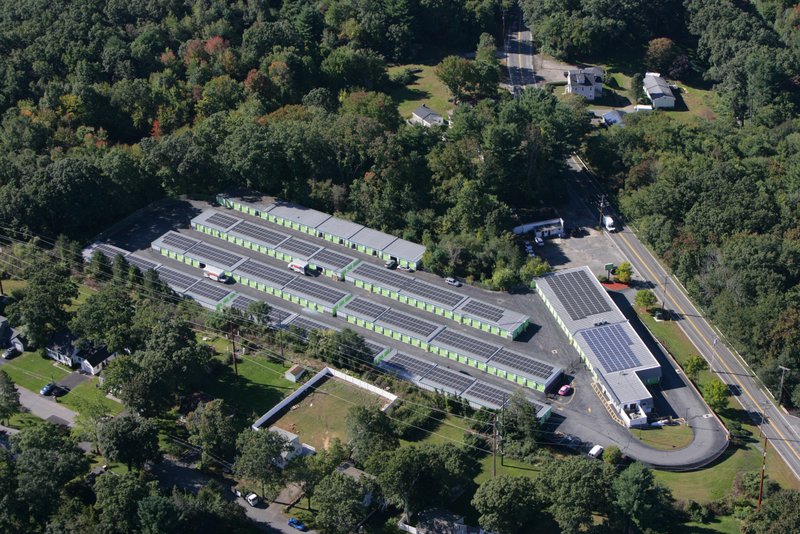Community Solar Legal Primer: From project structure to consumer protection
Consumer Protection Issues
Another key set of legal issues for community solar projects arise out of consumer protection law. Consumer protection is a concern throughout the life cycle of a community solar project, including the solicitation of potential subscribers, managing relationships with members and managing member data, which must be appropriately secured and, in many cases, may not be sold to third parties.
Notably, with respect to soliciting customers, many states have laws that apply to the content of subscriber contracts. These laws may impose requirements on how subscriber contracts are written and may require lengthy disclosures about the project. Yet, as the amount of information in the required disclosures increases in volume, the contract may grow difficult to navigate for potential subscribers. Reconciling these concerns requires careful drafting.
Clear disclosures, such that consumers truly understand what they are signing up for, are especially important given that subscriber contracts are typically 20 years. In the rush of project sponsors to sign up interested and eligible consumers for their projects, confusion can sometimes reign over what exactly has been purchased. In the state of Minnesota, for example, the Attorney General’s office has reported receiving an increasing number of complaints about the marketing of community solar subscriptions, with a Deputy Attorney General there characterizing the market as “the Wild West right now.”
Securities Issues
Finally, securities law, which regulates the offering of investments, is also an important body of law for community solar projects. Under federal law and many states’ laws, a contract will qualify as a security if it involves 1) the investment of money, 2) in a common enterprise, 3) with the expectation of profits, 4)from the efforts of a third party.
Importantly, the definition of profits under securities law can be quite broad and is not limited simply to direct monetary returns. Once a contract is recognized as a security, the party offering the contract must comply with regulations governing securities, which often require the preparation of expensive legal filings and may limit participation to certain qualifying investors.
RELATED: SEPA report: How to improve community solar models
There has been substantial concern among community solar developers that the on-bill credits accorded to subscribers could be construed as a “profit” such that the subscriber agreements might be considered securities. So far, the main federal agency tasked with securities law enforcement, the Securities and Exchange Commission, has not taken a definitive position on this issue, though it did issue a ruling in 2011 that a particular community solar project proposed by the developer CommunitySun would likely not be considered a security due to a lack of profit expectations among participants.
Accordingly, to reduce the risk of a securities issue, it is best for community solar projects, in their marketing materials, to focus on reducing the cost of electricity, advancing sustainability goals and avoid framing participation in terms of profit. Community solar projects can also be structured to limit profit by tying the maximum amount of a subscription to a consumer’s historical actual usage, thereby reducing the risk of excess credits accumulating. Several states, including New York, have made this type of limitation a legal requirement.
Conclusion
Community solar represents an important mechanism for expanding access to PV systems to customers that are currently underserved. But opening up these new markets will require project sponsors to navigate several clusters of legal issues, including project structure requirements, consumer protection laws and securities laws. Careful consideration of these issues early in a project’s development will help avoid problems that may become costly later on.
Devin McDougall is an attorney for Sive, Paget & Riesel, P.C.





